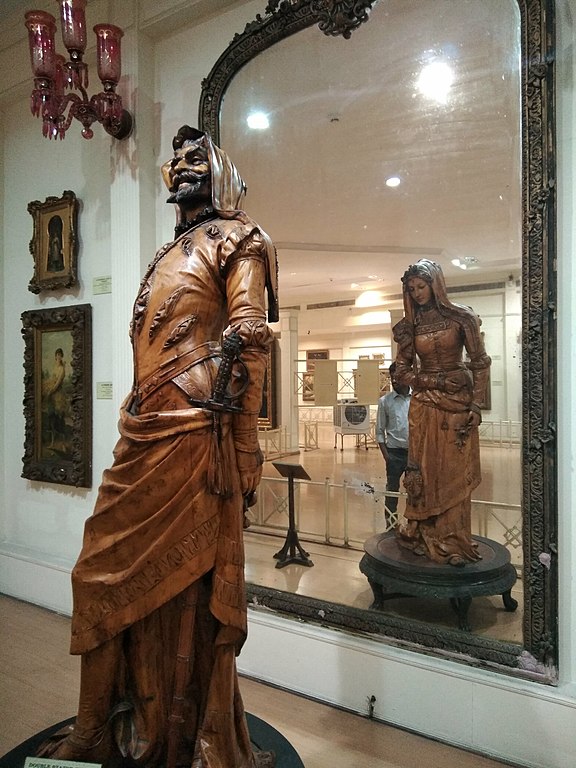
This 19th-century sculpture manages to find two characters from Goethe’s Faust in a single piece of sycamore.
It resides in the Salar Jung Museum in Hyderabad. The artist is unknown.

This 19th-century sculpture manages to find two characters from Goethe’s Faust in a single piece of sycamore.
It resides in the Salar Jung Museum in Hyderabad. The artist is unknown.
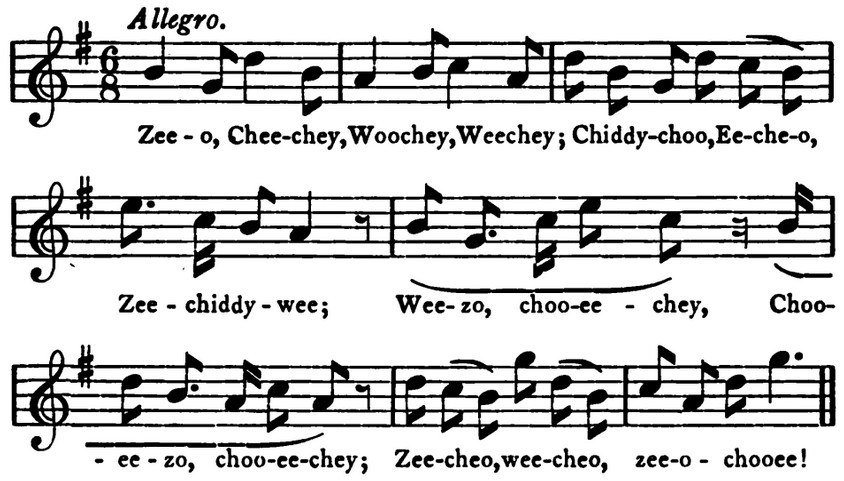
In his 1922 book Songs of the Birds, Oxford zoologist Walter Garstang set out to record birdsongs as musical compositions:
The peculiar quality or timbre of each bird’s voice and the resonance of each sound have been imitated as closely as possible by a selection of human consonants; the composition of the song has been represented by the appropriate repetition, modification, or contrast of selected syllables; the syllabic rendering has been cast in a corresponding rhythm; and round this chosen sequence of syllables a song has been woven to capture something, if possible, of the joy or of the attendant circumstances which form the natural setting of his song.
“I fell in love with my models,” he wrote, “and could not content myself with a purely scientific account of their performances.” He was similarly enraptured by amphibians — the 1951 book Larval Forms collects his poems about marine larvae:
Amblystoma’s a giant newt who rears in swampy waters,
As other newts are wont to do, a lot of fishy daughters:
These Axolotls, having gills, pursue a life aquatic,
But, when they should transform to newts, are naughty and erratic.
His colleague Alister Hardy wrote, “I certainly believe that he gets his ideas across with much greater felicity in these sparkling rhymes than he has done in all his more carefully calculated prose.”
See Bird Songs.

NASA’s 2006 Space Technology 5 carried an unusual item — an antenna that had evolved through Darwinian evolution. To meet a challenging set of mission requirements, researchers at New Mexico State University used a computer program to generate simple antenna shapes, altered them in semi-random manner, and evaluated the results. Those that performed worst against design requirements were discarded and the remainder again “mutated” in a process modeled on natural selection. This procedure can produce a complex but highly efficient shape that might not be found using more traditional methods.
“By exploring such a wide range of designs EAs may be able to produce designs of previously unachievable performance,” the team concluded. “The faster design cycles of an evolutionary approach results in less development costs and allows for an iterative ‘what-if’ design and test approach for different scenarios.”
Our servants were devoted to us and took their duties very much to heart. At a time when houses were still lighted by candles and lamps, a considerable staff was needed to attend to the lighting. The manservant who was in charge of the staff was so grieved when electric lighting was introduced that he drowned his sorrows in drink and died from its effects shortly after.
— A childhood memory of Russian aristocrat Felix Yusupov (1887-1967), of the Moika Palace in St. Petersburg, from his 1952 memoir Lost Splendor

If you erect equilateral triangles on two adjacent sides of a square and then connect the triangle vertices distant from the square to the square vertex distant from the triangles, you get a third equilateral triangle.
Pleasingly, this works whether the triangles are erected inside or outside the square. It was discovered by French mathematician Victor Thébault.
In 1949 English physician Zachary Cope published The Diagnosis of the Acute Abdomen in Rhyme:
The muscles of the bowel-wall are strong
And by their strength they force the food along;
In rhythmic waves contractions come and go
Making the intestinal contents flow;
So if through any kind of morbid state
A bit of bowell wall invaginate
The muscle-wall may force it on and on
Until far down the lumen it has gone.
The gut below Dilates for its reception
And thus you get what’s called intussusception.
He dedicated the 100-page work to his students. The preface to the fifth edition reads:
I thank those readers who oft write to me
Suggesting things with which I oft agree
But most of all I thank the youth who said
‘I always keep a copy by me bed.’
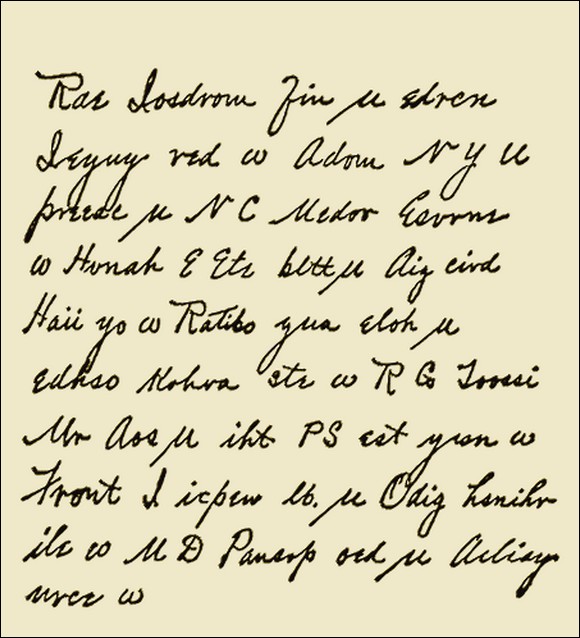
In Lloyd C. Douglas’ 1929 novel Magnificent Obsession, a doctor dies of a heart attack, leaving behind a journal written in cipher. The first page is shown here. Can you read it?
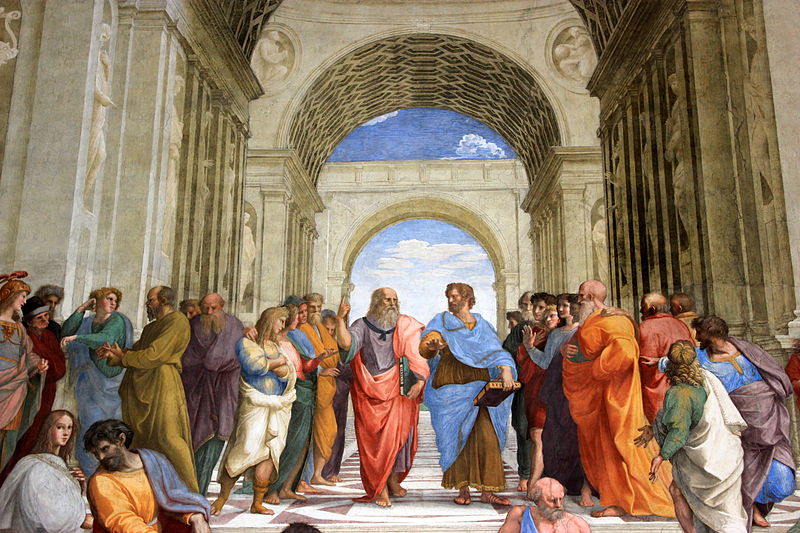
“Philosophy is the art of asking questions that come naturally to children using methods that come naturally to lawyers.” — David Hills
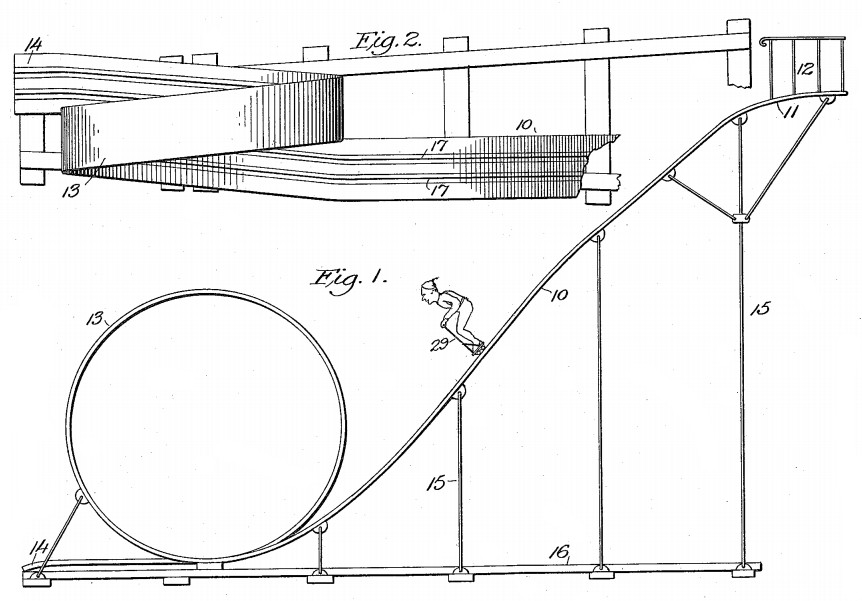
In 1915, Abel Kiansten and John Nelson patented an alarming precursor to the roller coaster in which a victim on roller skates zooms down a ramp and through a loop-the-loop. This is made safe, the inventors assure us, because the skate wheels are secured to the track and the rider is given a little handle to cling to. “Such a support is necessary because the various positions assumed by the performer during his trip would invariably throw the most active athlete from his upright position if some means were not offered him to remain in a standing position.”
It’s not known whether it was ever built. “Many patents were sound and far-reaching, but as many ideas were simply treacherous,” writes Robert Cartmell in The Incredible Scream Machine, his 1987 history of the roller coaster. “It is a blessing some never left the drawing boards or, when built, were closed by lawsuits. Every deviation with tracks was attempted and the eventual safety codes or inspections by insurances companies became beneficial restraints.”
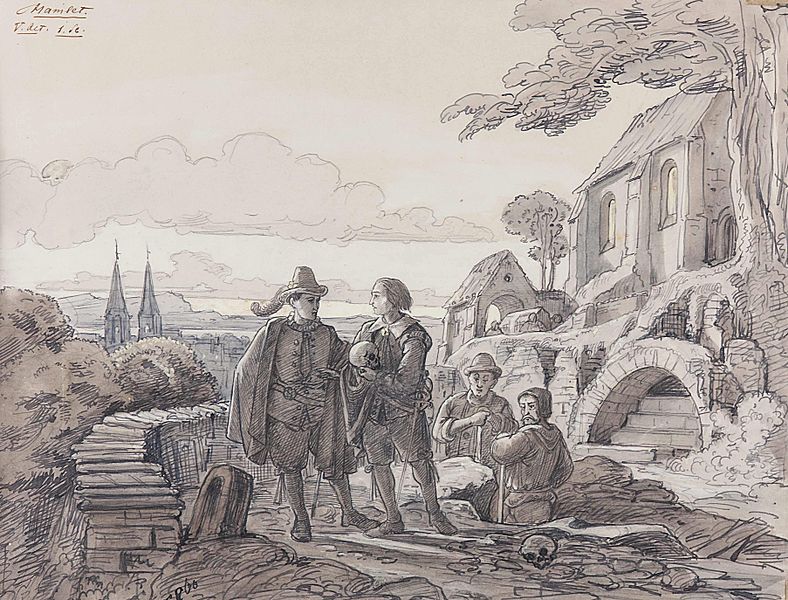
preterlethal
adj. taking place after death
inhume
v. to lay in the grave
janua
n. a door
The principal trap in almost all theatres is known as the grave trap. This is one of the conventionalisms of the English stage, and is a testimony also the enduring influence of Shakespeare. It is well understood that at some time or another the play of ‘Hamlet’ will be performed in every theatre, and Ophelia‘s grave must therefore be dug in every stage — hence the grave trap. It may be that it is not always placed in the right position to suit the ideas of each new representative of the Royal Dane, and it has happened that it has been found too short for the reception of poor Ophelia‘s coffin; but it is never omitted in the construction of a stage.
— Folger Shakespeare Library Scrapbook, quoted in Paul Menzer, Anecdotal Shakespeare, 2015